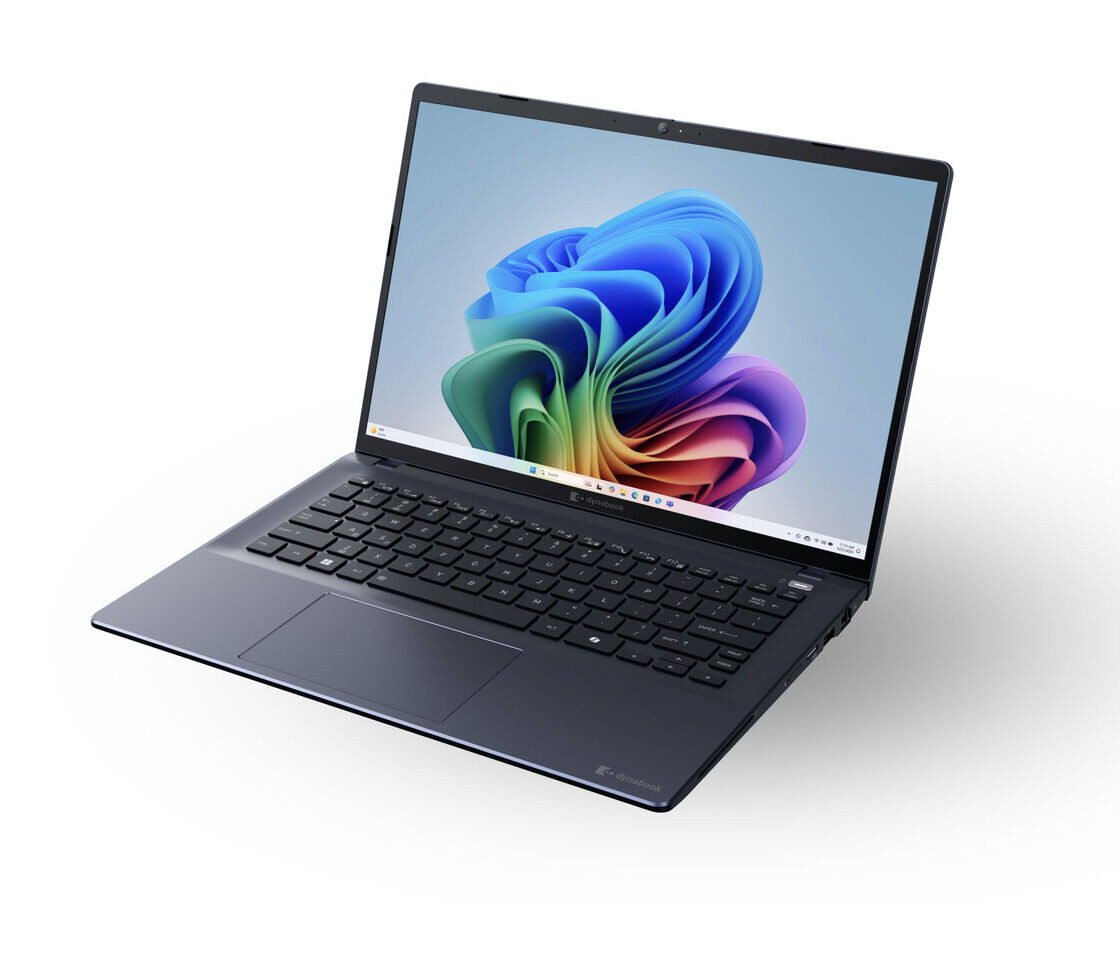Nancy Rose

Nancy Rose is the director of technology and library media in Merrimack, New Hampshire. The district serves about 4,400 students at six schools from pre-K-12. Rose’s district recently secured funding for a 5-year capital improvement plan for technology, so T&L managing editor Christine Weiser sat down with her at the recent School CIO Summit in Denver to learn more.
TL: How did you get started with your district?
NR: When I came to the district, the position had previously been the director of library media. They had started to add a bit of the tech curriculum to the role, but there wasn’t a clear understanding of what the district actually needed. I now oversee tech infrastructure as well as the curriculum piece for tech and library and library operations.
The district was in need of updated policies and curriculum as well as a new technology plan. Additionally, budgeting for technology was reactive and squeezed in where it could fit. We had an operational budget that maintained contracts and did some purchasing of books, but that was about it. The library media budget focused on the library program without taking into account how much classroom technology had moved beyond overhead projectors. There wasn't a very strong recognition of the convergence of technology and curriculum, and that’s a challenge we are currently working on with an integrated technology and library teaching team.
TL: How did you help your district get more funding?
NR: We started by updating the district technology plan focusing on building capability, rather than just accounting for equipment, networking, and skill instruction. From there we developed a 5-year capital improvement budget for tech infrastructure that was approved by the school board. We started with the question: What can our operational funding reasonably bear to begin to create a technology budget? They already had capital improvement money for facilities, paving, asbestos removal—those kinds of things--so we added the tech infrastructure budget to that.
The five-year plan focuses on network upgrades, server upgrades, switching, putting in WiFi, and adding projectors to every classroom. We were very far behind in all of these areas. So, we added these pieces into the capital improvement budget, and then started the computer-replacement process using leasing, because we had never leased before. We tended to buy replacement hardware just based on direct need. And many years we would go without. There had not previously been a process in the district that did both big-picture technology planning and the budgeting to go with it. District wide, technology had been kind of limping along, so this new funding was a nice shot in the arm.
When I presented the budget to the school board, they were surprised that I was asking for a six-year computer replacement cycle, since this seemed like a long time between tech advancement. They were more surprised to learn that the district had been working with a 14-year replacement cycle.
The other piece that we added was a voice over IP phone system, with the goal of going to a unified districtwide phone system, which we don't currently have. We converted over to a new carrier for ISP, which saved some money. I also set up the district’s first access to eRate funding, which they hadn’t used before.
Tools and ideas to transform education. Sign up below.
In addition to providing a plan and budget for improving technology, we wrote an updated staff technology policy. We broadened the scope beyond just district-provided technology and included social media; the focus is primarily on responsible use of any technology.
What we really need now is a means to align the technology to the content in the classroom. We are working on an integrated technology and information skills curriculum, K-12. We've also started looking at Google Apps versus Microsoft 365 or some other cloud-based collaboration tool. As a district we need to develop an organizational mechanism to evaluate and select digital content and software to go beyond licensed research databases to include texts and iterative learning tools.
TL: How do you educate school leaders who might be pro-technology, but may not have a strong understanding of how to implement it?
NR: I had a good conversation at the School CIO Summit with the superintendent from Eanes ISD in Texas about this. She said you may not ever get these school leaders to model tech, but you can get them to where they're conversant about tech and trying it out. They need to learn how to take ownership of it. The leadership in my district is really getting on board and recognizing that technology and information has its fingers in every aspect of education.
I encourage these leaders to look at model districts that are doing good work with technology, or not. Let them see innovative teachers modeling best practices with technology. I’ve gotten a lot of invitations from SchoolCIO Summit attendees to visit their schools.
TL: Where would you like to see the program in the near future?
NR: I'd like to try going 1:1, but I don’t see that in our near future, or formally deploying a BYOD model. I would like to see more innovative use of technology and information in instruction. I would like to have a software platform solution that encourages more online collaboration and utilization of online resources that are integrated. I would like to ensure we are teaching our students in a way that is relevant to where they are and where they are headed.
